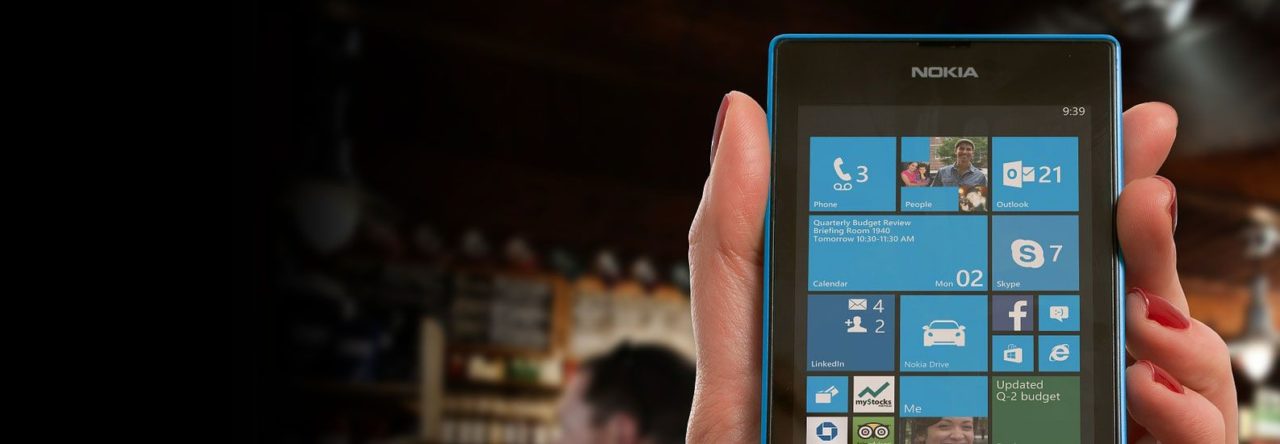Once phones got “smart” and were added to the Internet of Things network, the natural progression was to the watch. We wear watches all the time to track the time and day, so adding features like text messaging, heart rate tracking, calorie counting, and steps taken were a wise next step. Smartwatches and fitness trackers were going to be perfect for the information age and for giving average citizens ownership of their data. In a TED talk in 2014, statistician Talithia Williams advocated for keeping track of your body’s data, arguing that “knowing your body” will give you more evidence for backing up the feeling that something’s not right.
Between the Internet of Things’ bunny-like reproduction and the frenzy to produce, harvest, track, and analyze personal data, smartwatches and fitness trackers should have been widely accepted and effective at helping people become more fit, right?
As it turns out, though, fitness trackers have done little if anything to improve the health of those who wear them. A recent study in The Lancet demonstrated that people who wore fitness trackers did exercise a little bit more, but not nearly enough to produce any real counterattack against chronic diseases. Another study went even further and published findings indicating that fitness tracker wearers became less healthy than those who logged their health data on a computer manually.
The 10,000 steps aspect of most fitness trackers has drawn particular scrutiny lately. You may have experienced a coworker pacing around the office to get her “steps in” to reach her 10,000 step goal. However, as Steve Blakeman noted in a linkedin pulse article, the decision to make 10,000 steps the goal was all but arbitrary, plucked from a study done in Japan in the 1960s on how many calories the average man burns while walking.
Roman Mars pointed out the issue with averages in an episode of his well-loved podcast 99% Invisible. While we tailor many of our studies and much of our production to the “average,” very few people actually are average — many are close, but the number of people who fit the bill of an “average citizen” is negligible. This came to light specifically when the US was building fighter jets for soldiers based on the average measurements of various body parts, but the army found that not a single soldier exhibited all the measurements of the average soldier. Specifically regarding the 10,000 steps, it’s a fine number, but not all steps are created equal, and not all steppers will benefit from 10,000 steps the same way.
Additionally, smart watches have utterly failed to take off, despite the wild promises made about how the wrist-worn technology was going to fundamentally transform the way we live and function. It appears, however, that most consumers find smartwatches redundant, since for all intents and purposes, a smartwatch is a smartphone that sits on your wrist. And since most consumers already had a smartphone, it was difficult to justify the cost of a smartwatch. As Extreme Tech noted towards the end of 2016, “The vast majority of smartwatches have retailed for more than $200 and as much as $700 or $800 for the fancier models. This is smartphone money, so for that people quite reasonably expect a device to make a similar impact on their lives. Smartwatches don’t do that.”
Part of the problems? Smartwatch and fitness tracker manufacturers were way behind the eight ball when it came to appearance and wearability. Wired magazine ran an article drawing attention to the phenomenon that the section of the wearable technology market dedicated to tween and teenage girls had performed remarkably better in terms of sheer visible pleasure. Fashion and function have to work in tandem in teen girls’ wearable technology, but in adult design, these two aspects are considered separately, leading to well-working ugly jewelry, or attractive but useless pieces.
Wearable tech has a long way to go before the Internet of Things is ready to deem it a good addition. Until then, smartwatches and fitness trackers will struggle for a place on the modern consumer’s wrist.

